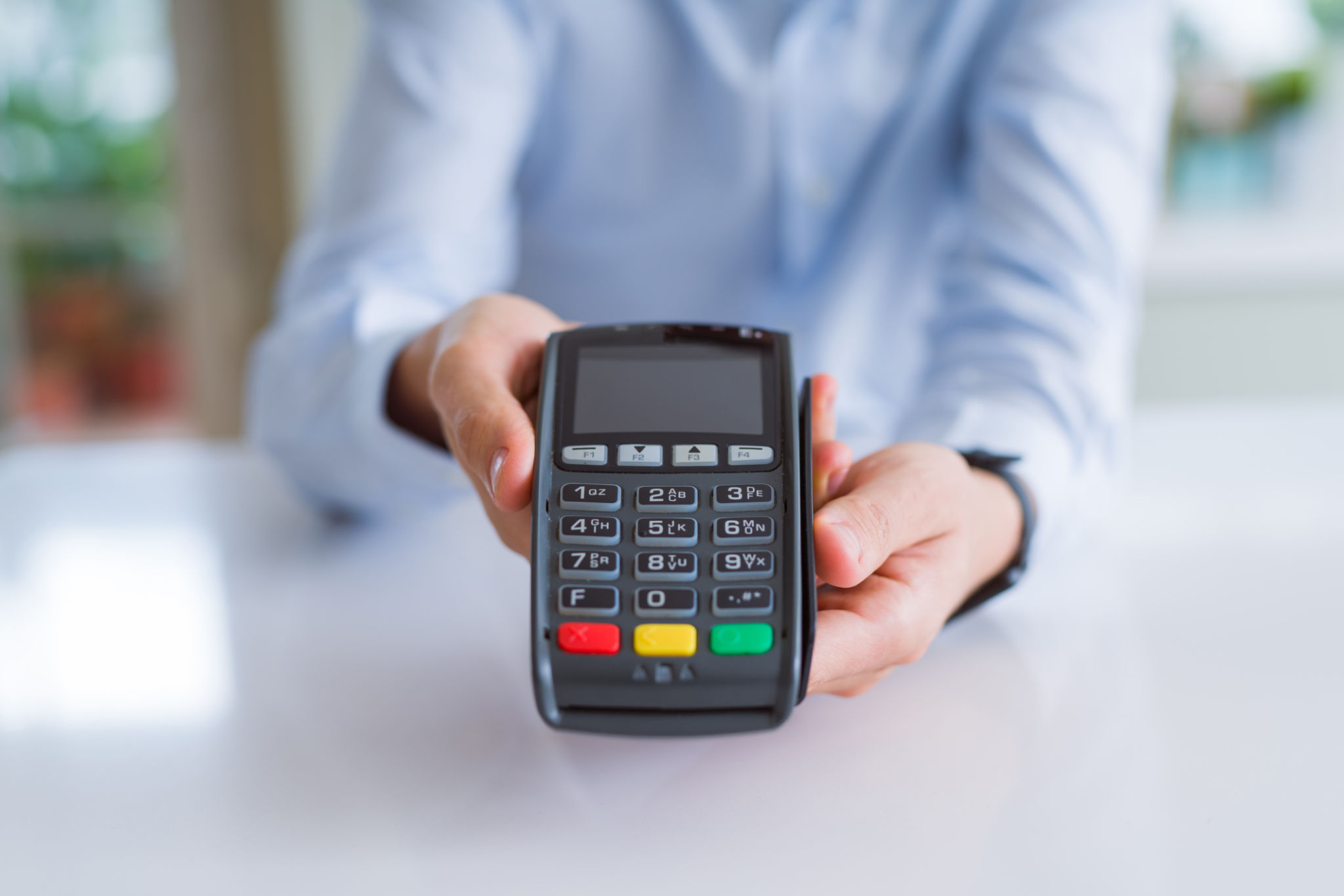How to Use a Credit Card Swiper: A Step-by-Step Guide for Small Businesses
Introduction to Credit Card Swipers
In today's fast-paced business world, accepting credit card payments is essential for small businesses. Credit card swipers offer a convenient and efficient way to process transactions, ensuring that your sales process is smooth and secure. In this guide, we'll walk you through the steps to effectively use a credit card swiper in your small business.

Choosing the Right Credit Card Swiper
The first step in using a credit card swiper is selecting the right one for your business needs. Consider factors such as compatibility with your existing systems, transaction fees, and ease of use. Many options are available, from portable devices that connect to your smartphone to more robust systems for larger operations.
When choosing a swiper, also consider the level of customer support offered by the provider and the security features included. Ensuring that your customers' data is protected should be a top priority.
Setting Up Your Credit Card Swiper
Once you've selected your swiper, the next step is setting it up. Start by connecting the device to your point-of-sale system, whether it's a tablet, smartphone, or computer. Follow the manufacturer's instructions carefully to ensure a smooth setup process.
Most swipers require you to install an app or software on your device. This software will guide you through the initial setup, including linking the swiper to your business account and configuring payment settings.

Processing Transactions
After setup is complete, you're ready to start processing transactions. To do this, swipe or insert the customer's card into the device. Ensure that the magnetic strip or chip is facing the correct direction. The swiper will read the card information and prompt you to enter the transaction amount.
Once the amount is entered, ask the customer to confirm the transaction. Depending on your swiper, they may need to sign on the screen or enter a PIN. After confirmation, the payment will be processed, and a receipt can be sent via email or printed.
Troubleshooting Common Issues
Even with a reliable swiper, you may encounter occasional issues such as connection problems or declined transactions. If this happens, first check your device's internet connection and ensure that the swiper is properly connected.
If a transaction is declined, verify that the card details are entered correctly and check for any error messages provided by the app. It's also helpful to have a backup payment method available, such as cash or check, to avoid losing sales.

Maintaining Your Credit Card Swiper
Regular maintenance of your credit card swiper can prevent many common issues. Keep the device clean and free of dust or debris. Regularly update your software to ensure you have the latest security features and improvements.
If your swiper is not working as expected, consult the manufacturer's support resources or contact their customer service for assistance. Regularly reviewing transaction reports can also help you identify any discrepancies early on.
Conclusion: Embracing Technology for Business Growth
Using a credit card swiper effectively can significantly enhance your small business operations by providing convenient payment options for customers. By understanding how to choose, set up, and maintain your device, you'll ensure smooth transactions and improve customer satisfaction.
As technology advances, staying informed about new features and updates will keep your business competitive in an ever-evolving market. Embrace these tools as opportunities for growth and increased efficiency.